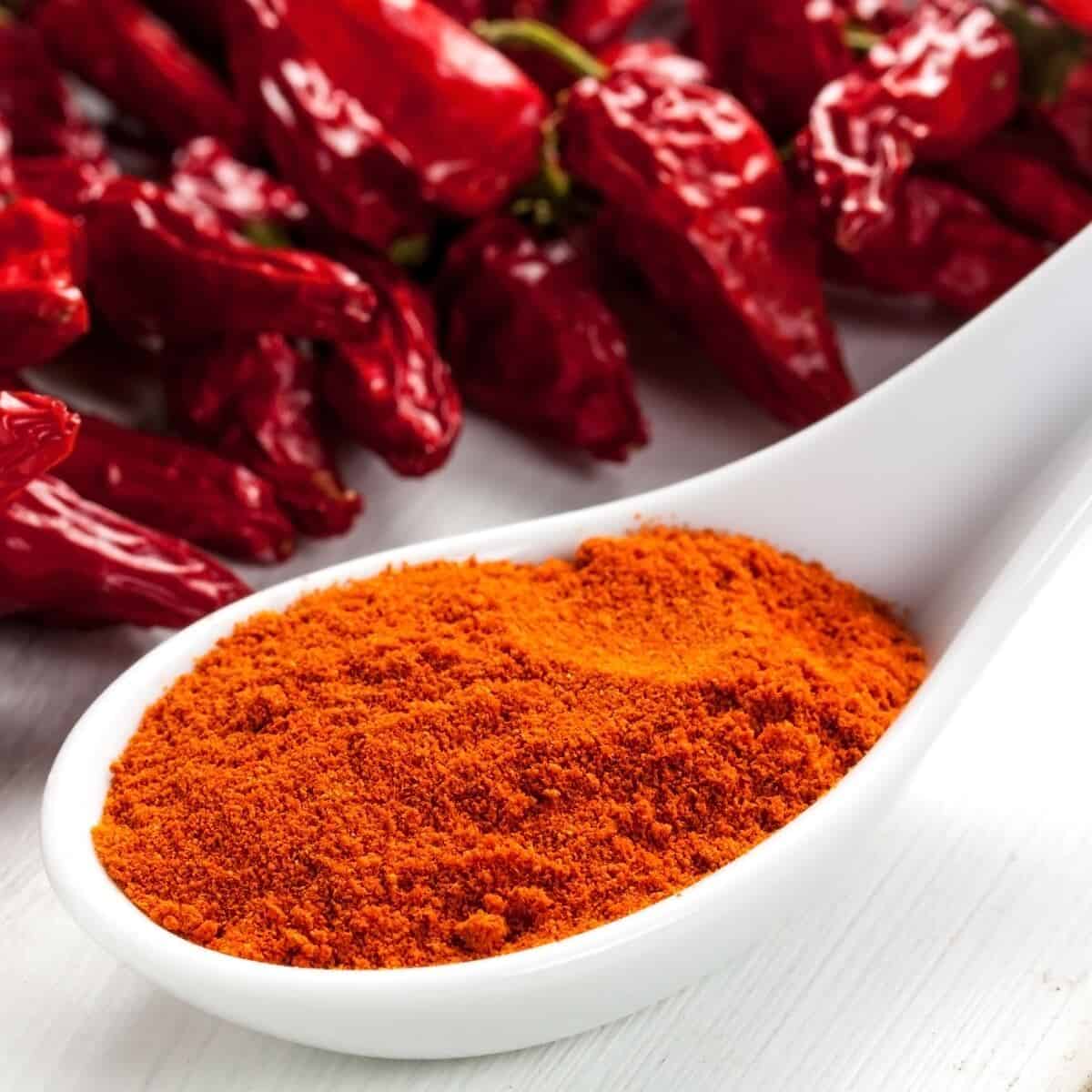- No. 268 Xianghe Street, Economic Development Zone of Xingtai city, Hebei 054001 China
- Byron@hbhongri.cn
High-Quality Organic Turmeric Powder Manufacturing for Health and Culinary Uses Worldwide
The Journey of Raw Turmeric Powder Production
Turmeric, a vibrant yellow spice derived from the Curcuma longa plant, has been treasured for centuries not only for its culinary uses but also for its medicinal properties. Raw turmeric powder, made from the rhizomes of the plant, is a key ingredient in various cultural cuisines and traditional remedies. The production of raw turmeric powder involves several meticulous steps, which are primarily carried out in specialized factories designed to maximize efficiency while maintaining quality.
Cultivation and Harvesting
The journey of raw turmeric powder begins in the fields where the turmeric plant is cultivated. Typically, turmeric grows best in warm, humid climates, and the soil must be well-drained and rich in organic matter. Farmers usually plant turmeric rhizomes during the monsoon season, requiring careful management of irrigation and pest control to ensure a healthy crop.
After about 7 to 10 months, the turmeric plants mature and are ready for harvest. The farmers manually dig up the rhizomes, which are then cleaned to remove excess soil. This initial cleaning is crucial as it prevents contamination during processing.
Processing at the Factory
Once harvested, the raw turmeric undergoes a series of processes in a turmeric powder factory. The first step is boiling, where the cleaned rhizomes are blanched in hot water. This step not only helps in removing impurities but also deactivates enzymes that could lead to spoilage. Boiling also enhances the color and flavor of the turmeric.
After boiling, the rhizomes are dried. Traditionally, this was done under the sun, but modern factories often use industrial driers to ensure consistent results. Proper drying is vital; any residual moisture can lead to mold growth and reduced shelf life. The drying process usually takes several hours to a few days, depending on the method used.
raw turmeric powder factory

Grinding and Packaging
Once the turmeric is adequately dried, it is ground into a fine powder. Factories are equipped with high-speed grinding machines that ensure uniformity in the texture of the turmeric powder. The quality of the grinding process greatly affects the final product's quality, with finer powders offering better flavor and color.
After grinding, the raw turmeric powder is subjected to quality control checks. This includes assessing the particle size, color, and free from contaminants. Any batch that does not meet the established standards is reprocessed or discarded to maintain the integrity of the product.
The final step in the production process is packaging. Turmeric powder is typically stored in airtight containers to preserve its potency and flavor. Factories often use moisture-proof packaging materials to protect the powder from environmental factors that could degrade its quality. The labels on packaging provide essential information, including nutritional value, origin, and suggested uses.
Conclusion
The production of raw turmeric powder is an elaborate process that transforms raw rhizomes into a valuable culinary and medicinal ingredient. From careful cultivation and harvesting to stringent quality control in processing factories, ensuring that only the best turmeric powder reaches consumers is paramount. With its numerous health benefits, including anti-inflammatory and antioxidant properties, turmeric continues to be a staple in kitchens and medicine cabinets around the world.
As consumer awareness grows regarding the health benefits and versatility of turmeric, the demand for high-quality raw turmeric powder is likely to increase. This trend highlights the importance of sustainable farming and efficient processing practices in the turmeric production industry, paving the way for a bright future for this revered spice.
-
Turmeric Rhizome Powder: A Golden Treasure from Roots to TableNewsJul.28,2025
-
The Versatile Application Of Crushed Red Hot Peppers: Lighting Up The Red Flames On The Dining TableNewsJul.28,2025
-
The Paprika: A Touch Of Vibrant Red In Color, Flavor, And CultureNewsJul.28,2025
-
Ground Turmeric: A Modern Examination of an Ancient SpiceNewsJul.28,2025
-
Capsicum Liquid Extract: Features, Applications, and ChallengesNewsJul.28,2025
-
Application of Capsicum Liquid Extract in FoodNewsJul.28,2025







